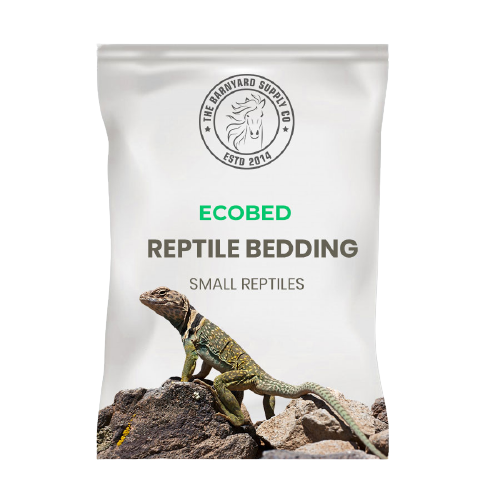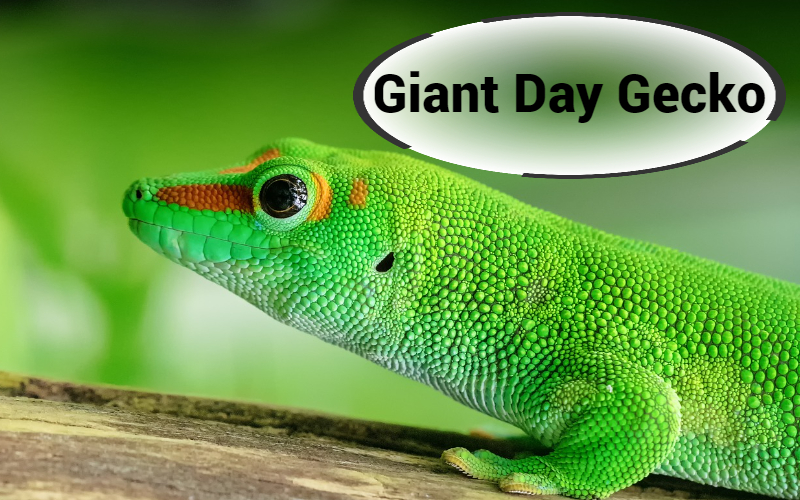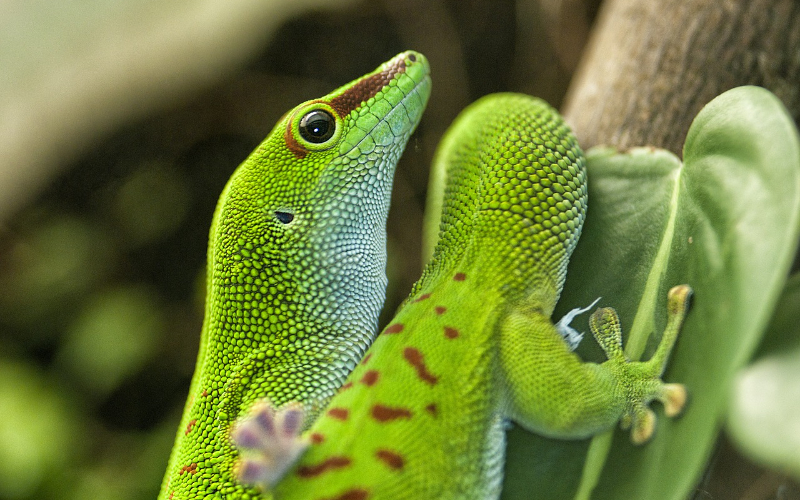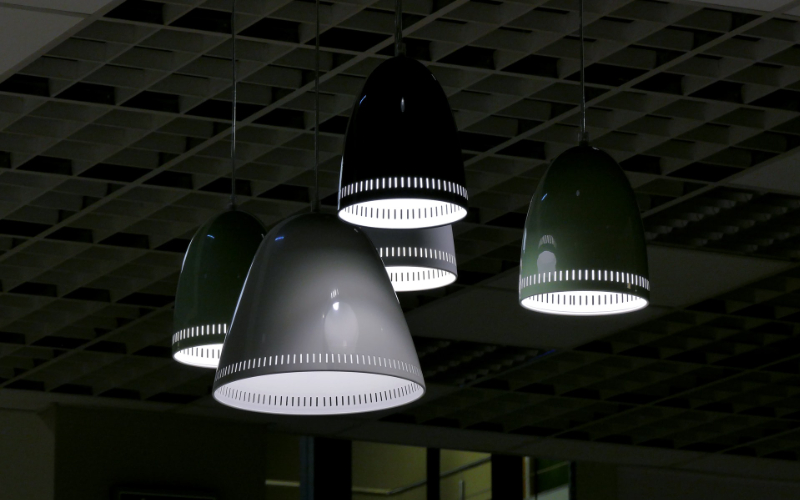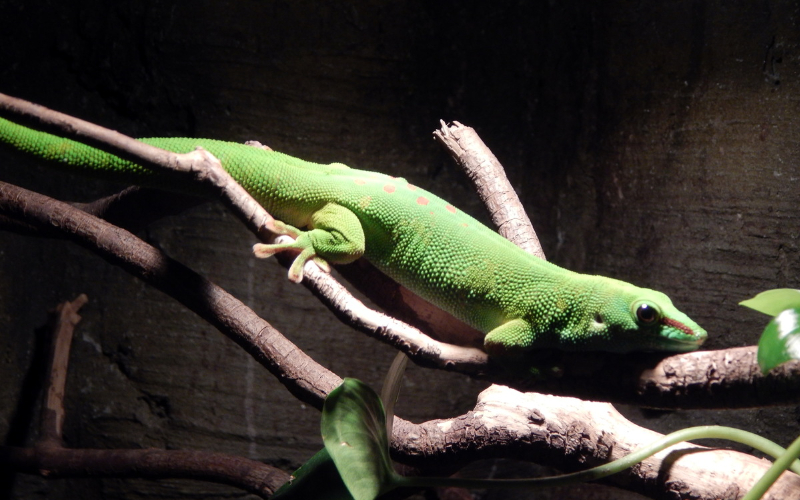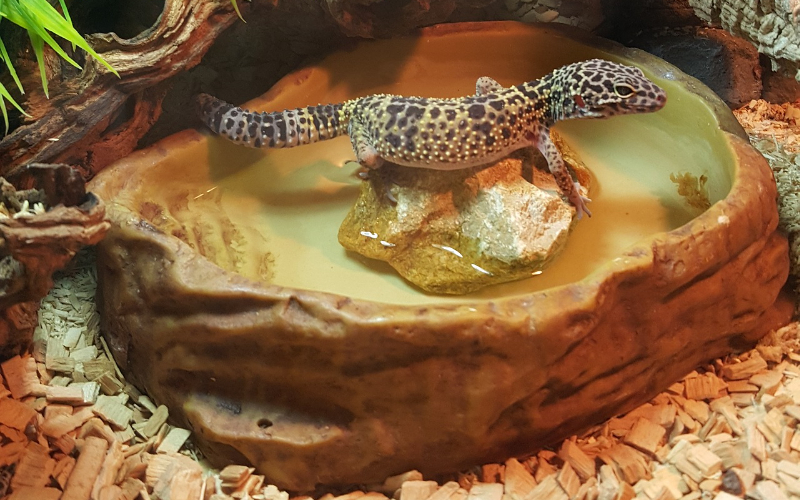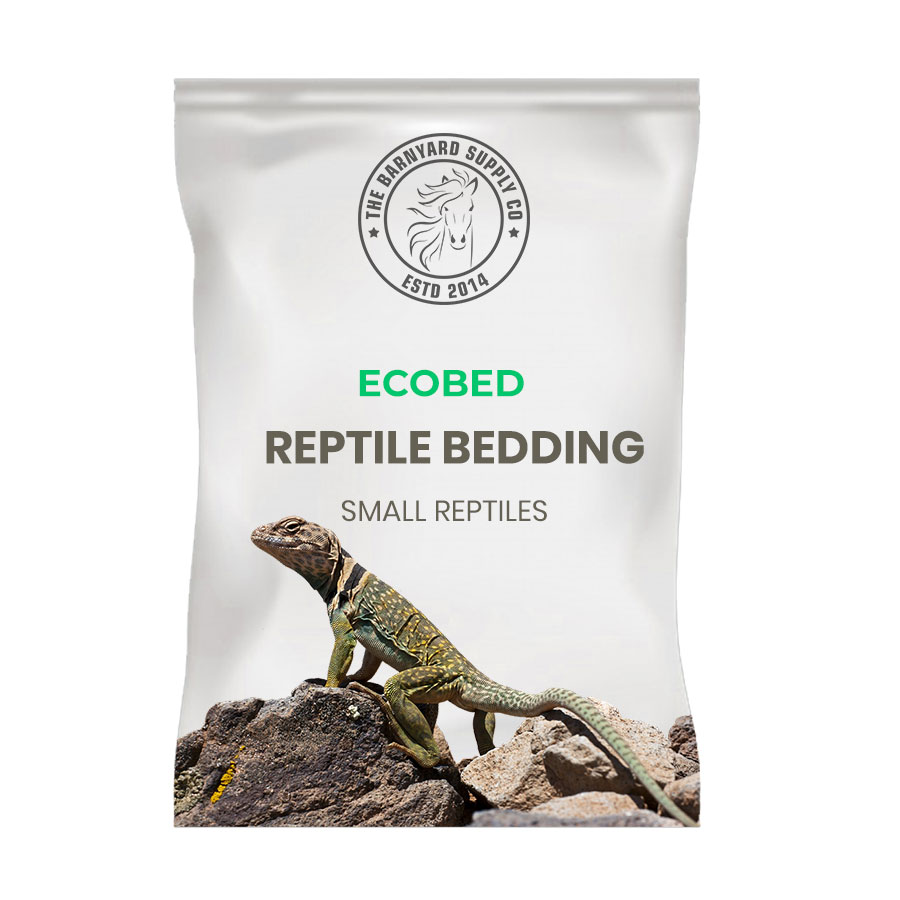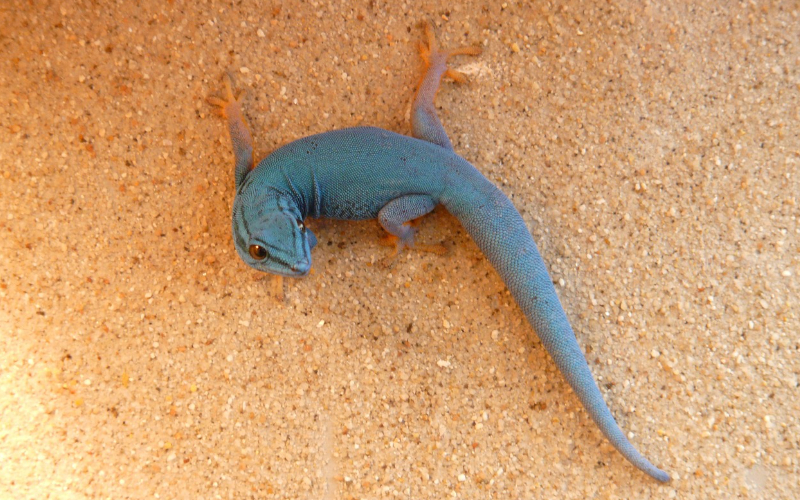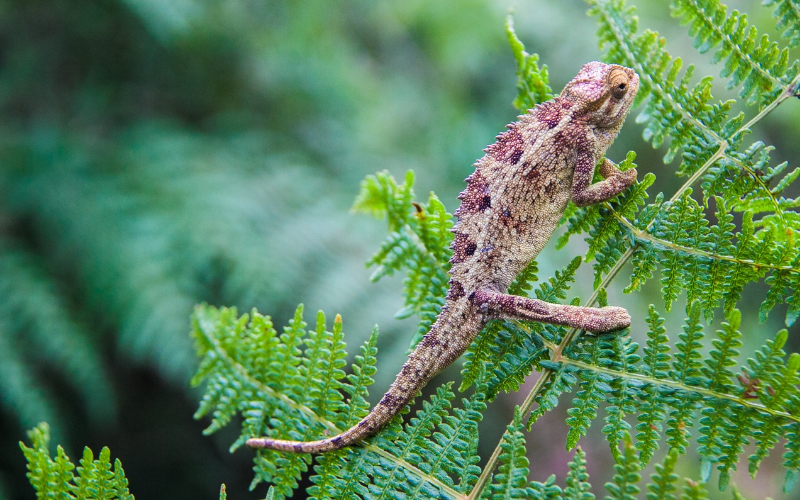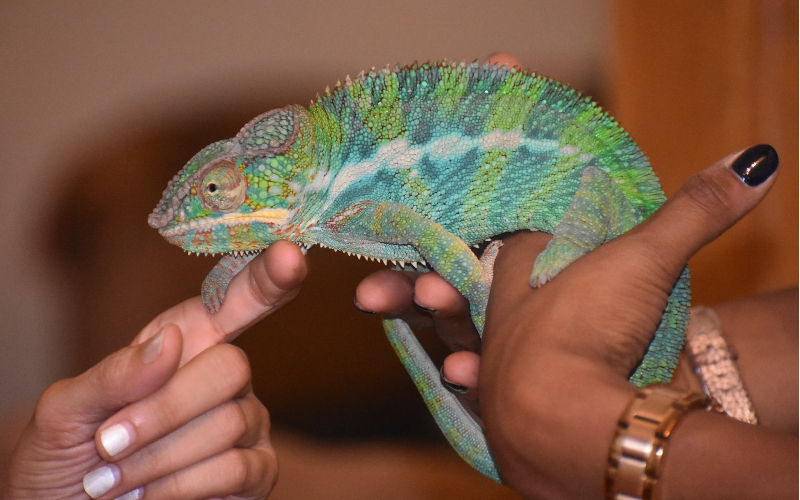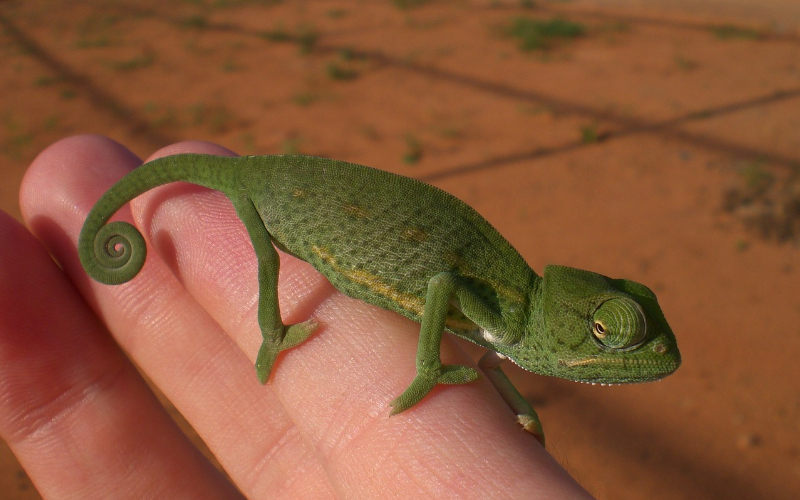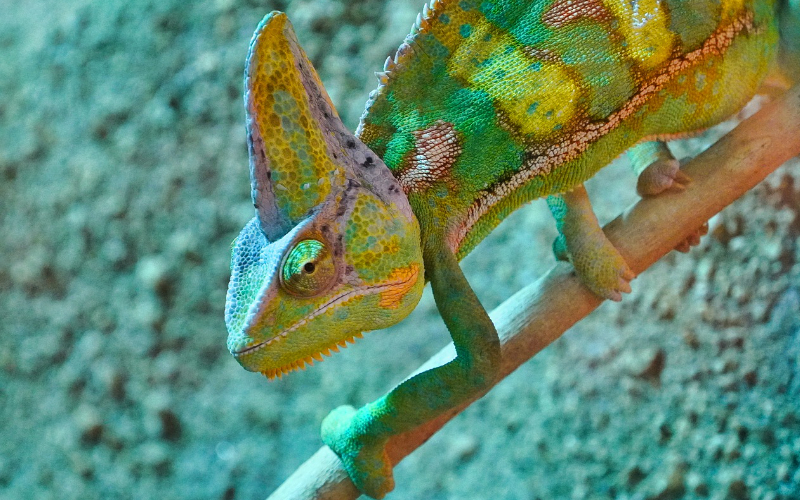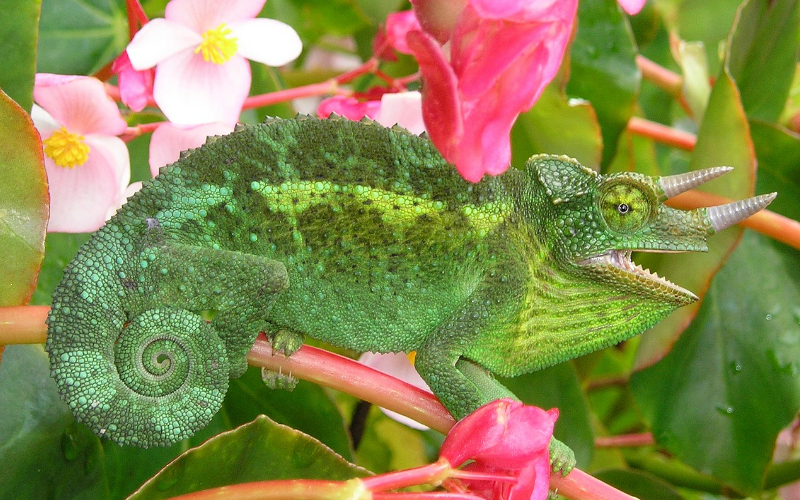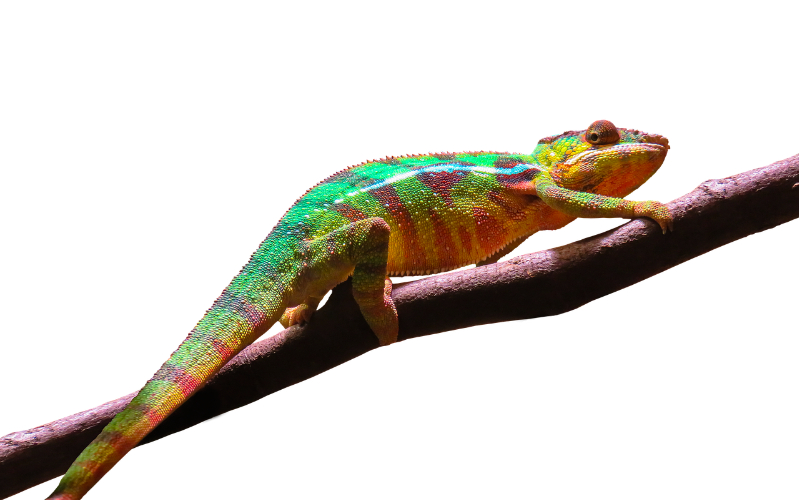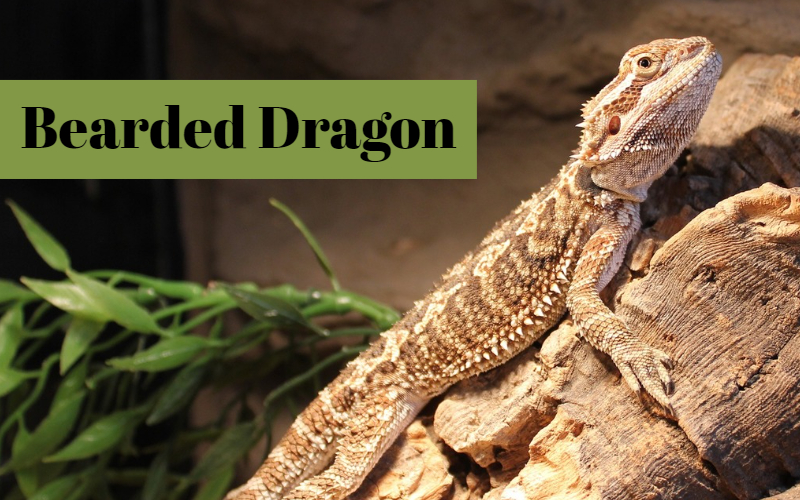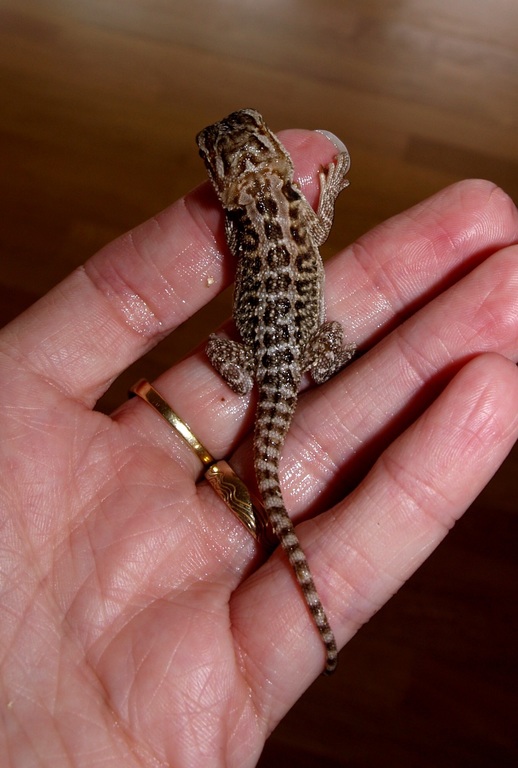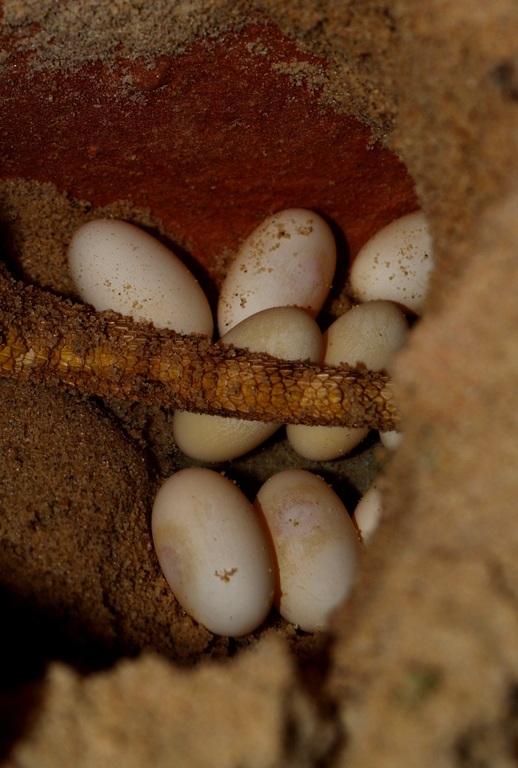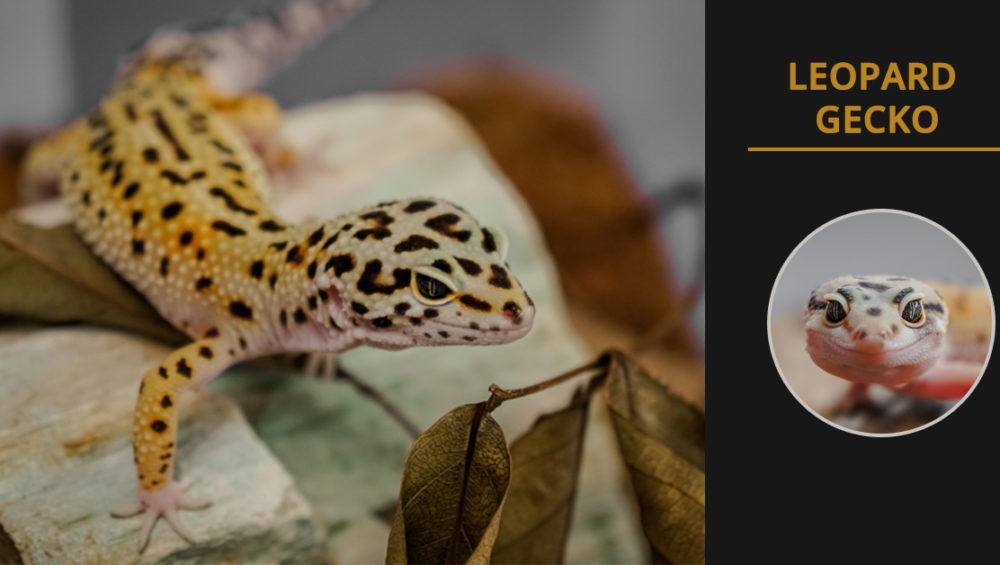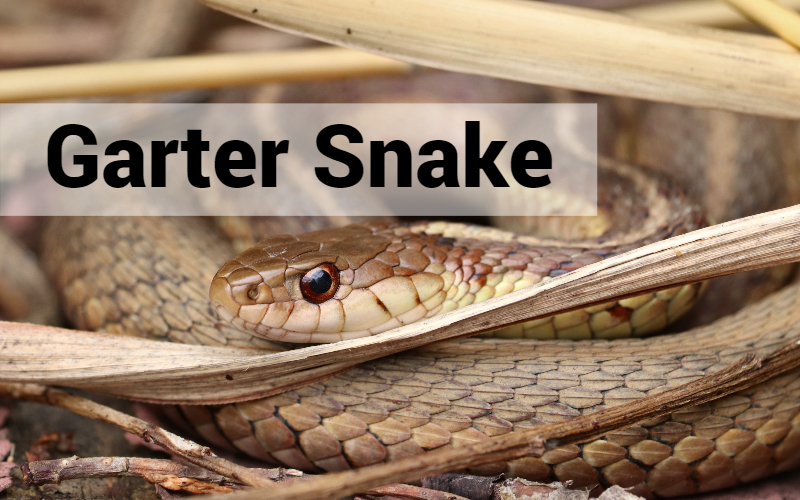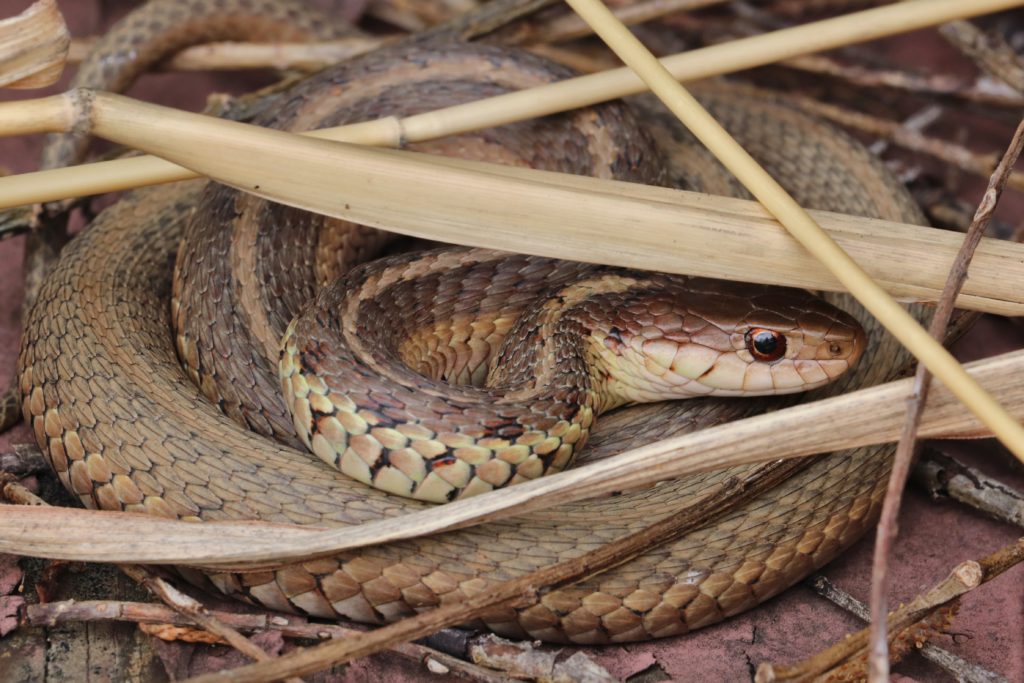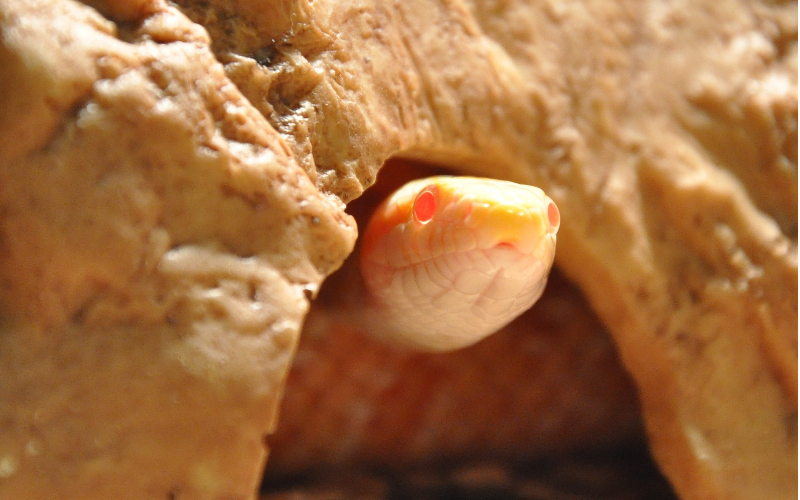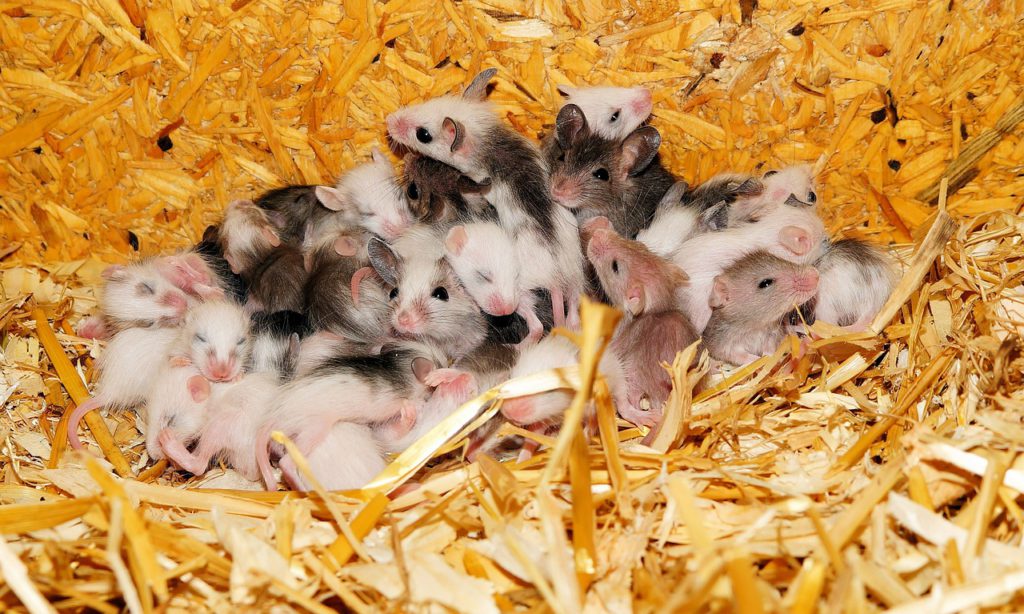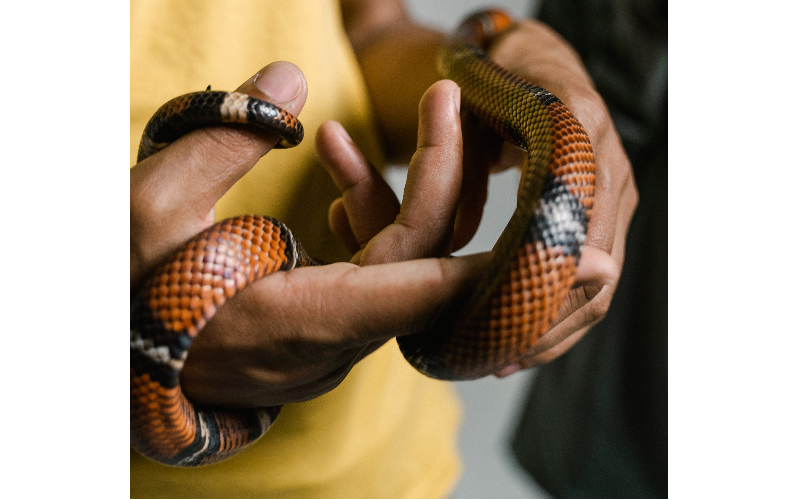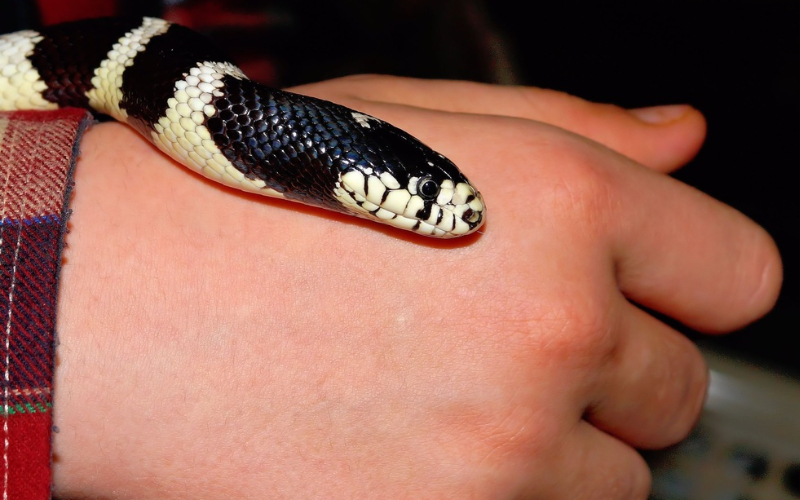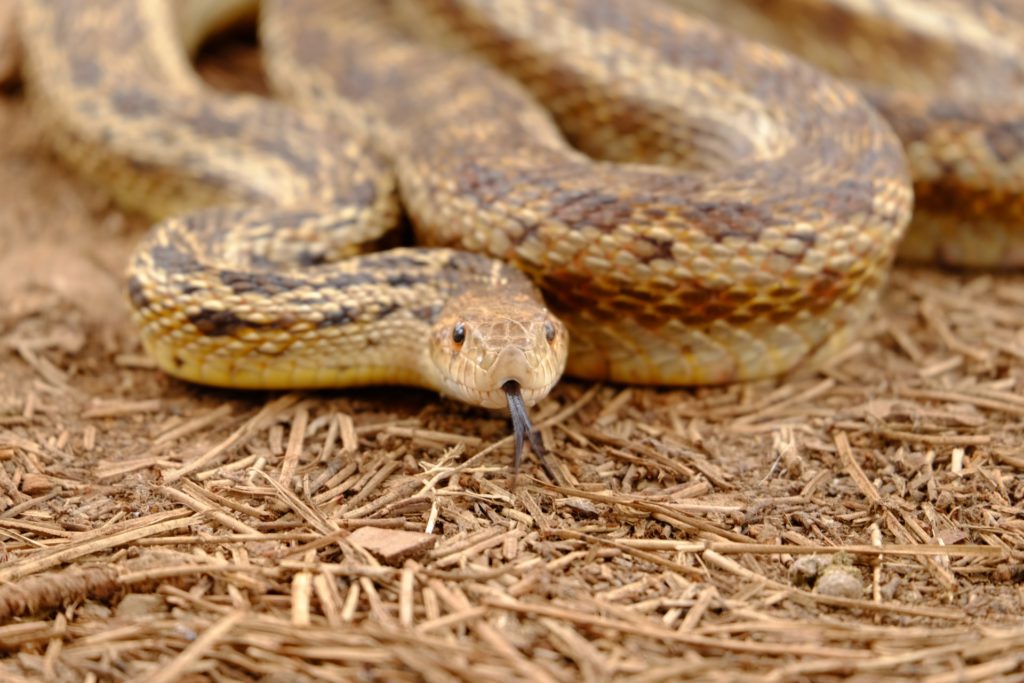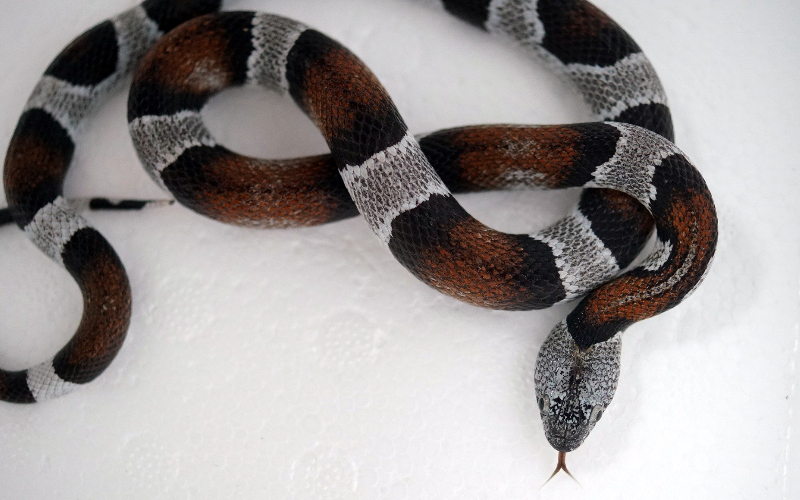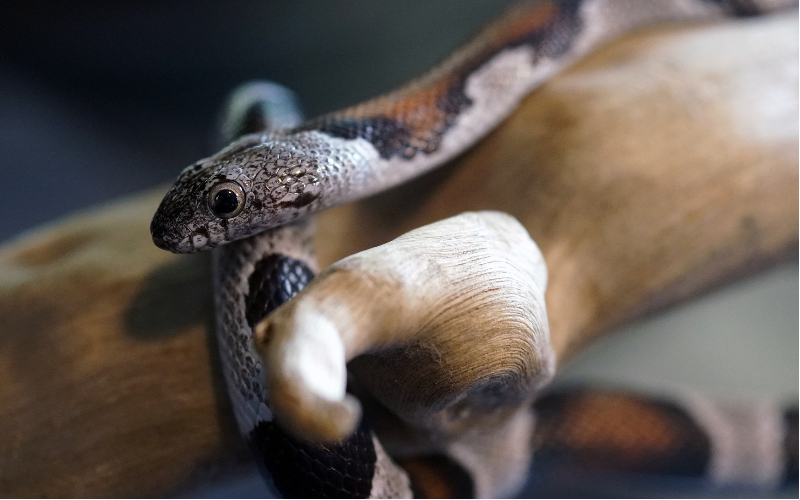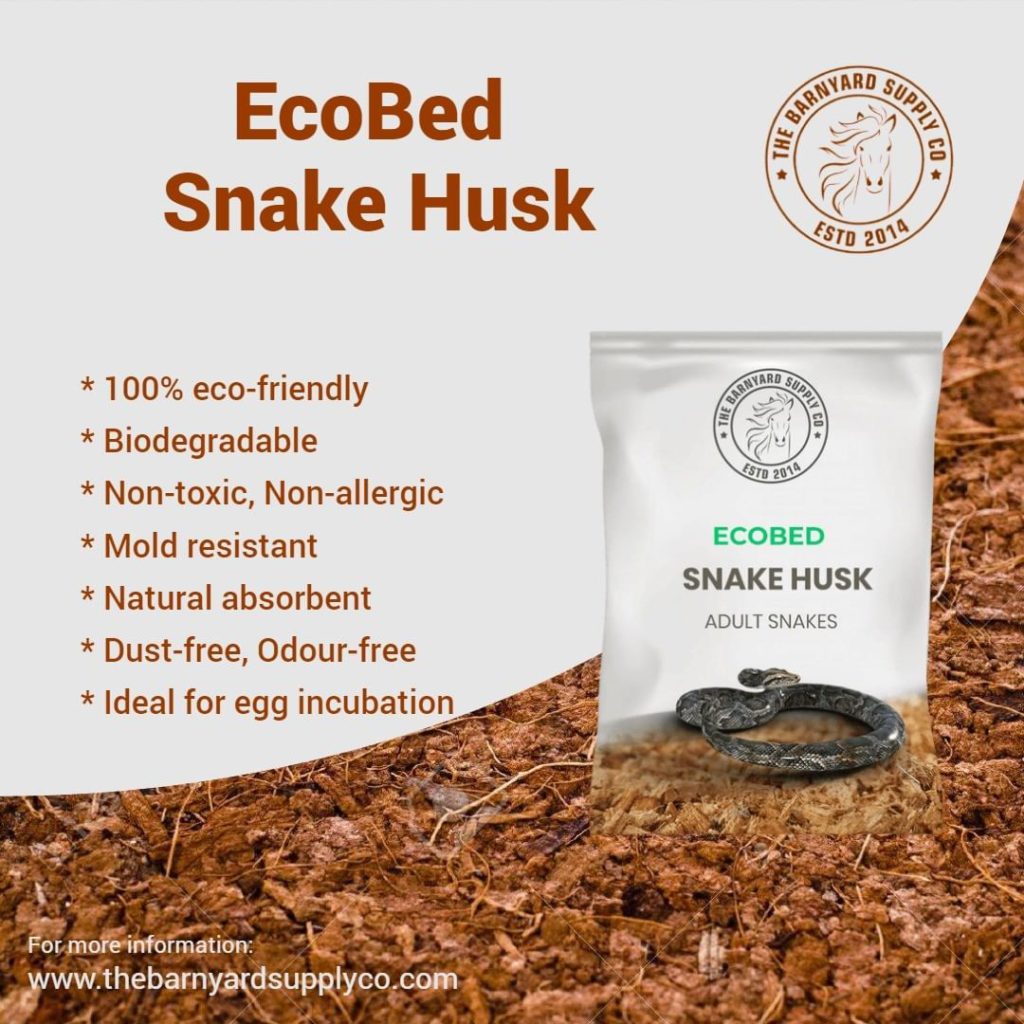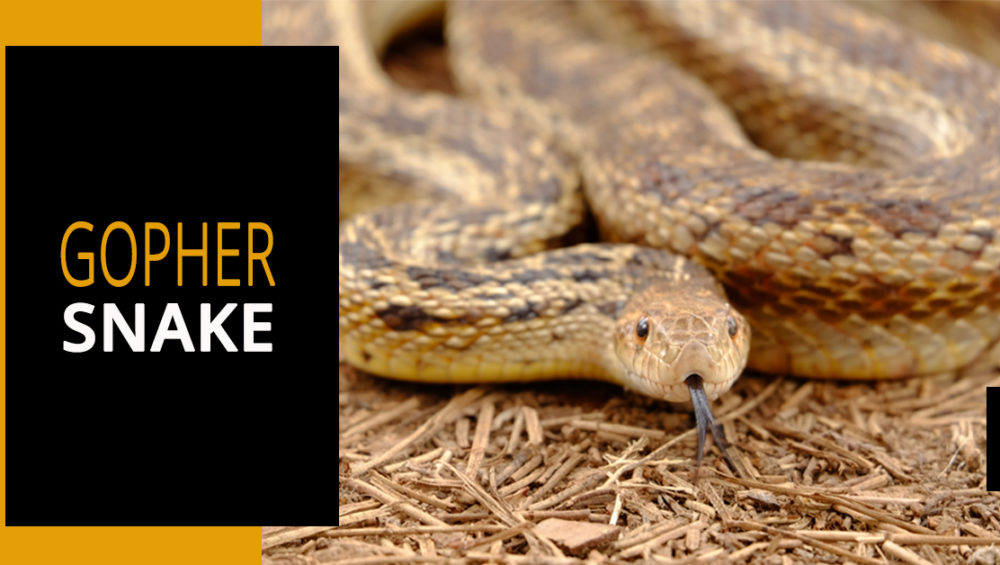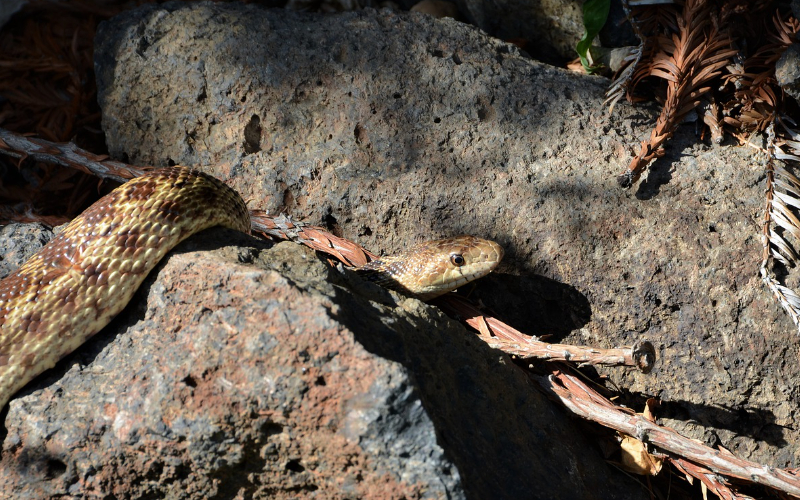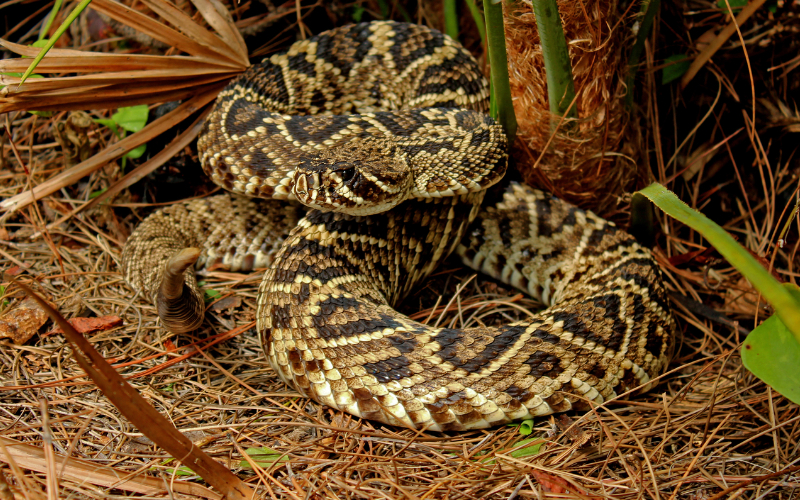Introduction
Have you ever considered different options for your horse’s bedding? Would you want to test with a less messy and simpler to keep in your barn and shed? Maybe you’re looking to improve your compost pile and want to discover how horse bedding affects that?
It’s critical to choose the proper sort of stall bedding for your horse’s health, comfort, and safety. There are several options available, ranging from classic straw and wood shavings to modern alternatives like rubber mats, making it difficult for horse owners to choose. Coconut Bedding is one of the natural and safest bedding options you may choose.
Whatever type of bedding you choose, it must keep your horses warm, dry, secure, and healthy.
There are various equine materials available. Before choosing the bedding you have to check the criteria for selecting the finest horse bedding for you and your horse. In prior to avoiding any mishaps in the near future, let us take primary measures before preparing them a bed.
Must read top 9 measures to be taken before laying bedding for your affectionate equines.
Here’s Common Bedding Options
Coconut Bedding
Coco bedding is made of 100% natural, biodegradable and environment-friendly, coconut coir husks, that far outperforms conventional material. Derived from coconut shells, this renewable material is soft and spongy. The fibrous material acts as insulators and offers a cushion- like comfort. The powdery peat material is a super absorbent and absorbs all the urine, lasts longer and emits less odor. We recommend EcoBed Equine Bedding is a highly comfortable, eco-friendly bedding. EcoBed is Safe, light weight, non-dust, allergen free, 100% naturally driven bed from finely Cultured Coconut Husk.
Advantages:
- Holds up to five times of its weight in urine.
- Cellulose structure traps the stringy ammonia odor in the urinated bed.
- Repels flies, even when the bedding is soiled.
- Low hoofed impact, imparts spongy-cushion bedding.
- Used bedding can be composted and reused in garden and landscaping.
Disadvantages:
- May attract mites and bugs over time
Straw

For mares and young foals, clean straw is ideal. Some horses may consume straw bedding, which can be an issue if your horse is on a diet. Oat straw is not only more absorbent than wheat straw, but it is also more delicious. Any straw you use should be free of mould and dust. Saturated straw is difficult to clear out, and separating the manure from the clean bedding can take a long time, slowing down the cleaning process. A box stall should be appropriately bedded with two bales. During cold weather or in preparation for foaling, you may wish to add more.
Advantages:
- It is inexpensive.
- It looks great and gives off a natural vibe.
- It decomposes into wonderful garden manure.
Disadvantages:
- It causes allergic reactions in certain horses.
- Some horses eat this bedding, which is not good.
Wood Pallets

Wood pellets are wood shavings that have been compressed and dried. Cleaning stalls using wood pellets, which break down into fluffy, absorbent wood shavings, is simpler for many individuals, and there is less waste bedding. The cost may be higher at first than wood shavings, but because there is so much less waste, the cost may be balanced out. The pellets appear hard and unappealing, yet a squirt from the water hose transforms them into fluffy bedding.
Advantages:
- This type of bedding has a high absorption capacity.
- Composting without dust is faster than shavings or straw.
- It is completely dust free and eco-friendly bedding option.
Disadvantages:
- When in pellet form, it might be slick.
- When putting down the bedding, you’ll need to add water, which takes time.
Shredded Paper

Shredded paper is an excellent option if your horse chews his bedding. It isn’t dusty, however it is possible that the inks will cause skin allergies. Because paper is so absorbent, it will easily wick away moisture. It also decomposes fast, allowing your manure mound to decrease as it dries and decomposes.
Advantages:
- It is affordable.
- Dust-free and unpalatable – an excellent alternative for horses with allergies.
- It creates a warm bed.
- Wrapped bales are simple to handle and store since they are clean.
Disadvantages:
- It’s important to keep an eye on the bed to make sure it doesn’t get too wet.
- Easily blown around, resulting in an unkempt appearance.
Rubber Mats

Horses sleep on hard surfaces in their natural form and do not require a soft and comfortable bed, making rubber mats perfect for use in stables. They can save time and effort while mucking out by providing a strong yet comfortable surface with good absorption and cushioning. Rubber mats can be used alone or in conjunction with other bedding. Rubber mats, when used on their own, are unsightly and offer little to prevent a horse from getting cast. We recommend Stable Mats, They are of 100% high quality rubber mats obtained by re-vulcanization and recycling.
Advantages:
- Protects against capped hocks, etc. by providing a comparably soft non-slip foundation.
- It’s simple to clean up and can be hosed down.
Disadvantages:
- It’s not aesthetically pleasing.
- In the winter, it might look chilly and dry slowly.
Hemp

Hemp is non-allergenic, biodegradable, and dust-free than traditional beddings, thereby enhancing stable conditions and preserving horses’ and owners’ respiratory systems. They also claim to have greater odour absorption, faster breakdown, and more absorbency. Hemp’s greater thermal rating may be beneficial to those who live in colder regions, since it keeps horses warm while they sleep.
Advantages:
- It is high absorbent and dust free material.
- Lightweight and simple to muck out.
- It quickly decomposes into fine compost.
- Wrapped bales are simple to handle and store since they are clean.
Disadvantages:
- Relatively Expensive
Wood Shavings

Shavings are a popular bedding option for horses. To pull dung out of the shavings without removing too much bedding, a special manure fork is required. As you spread the bedding, keep an eye out for wood splinters. Black walnut shavings can create serious issues, therefore softwood shavings are preferred. If you’re buying shavings from a local woodworker or timber mill, make sure you know what kind you’re getting. In a stall, about four inches of bedding makes it pleasant. You can use less stall mats if you utilise them.
Advantages:
- It’s readily available in local store.
- Easy to handle and store.
Disadvantages:
- This bedding material is difficult to dispose.
- Wet shavings causes ammonia.
Conclusion
Getting the appropriate bedding may be a trial and error affair. If you don’t like one type of bedding and want to try something else. Coconut Bedding is highly comfortable, eco-friendly bedding and it’s completely safe for your horse. The modern Stable Mats are 100% high quality rubber mats and non–slippery, non-abrasive, yielding a stable footing for the living. Whatever bedding you pick for your horses, it must keep them warm, dry, safe, and healthy.






